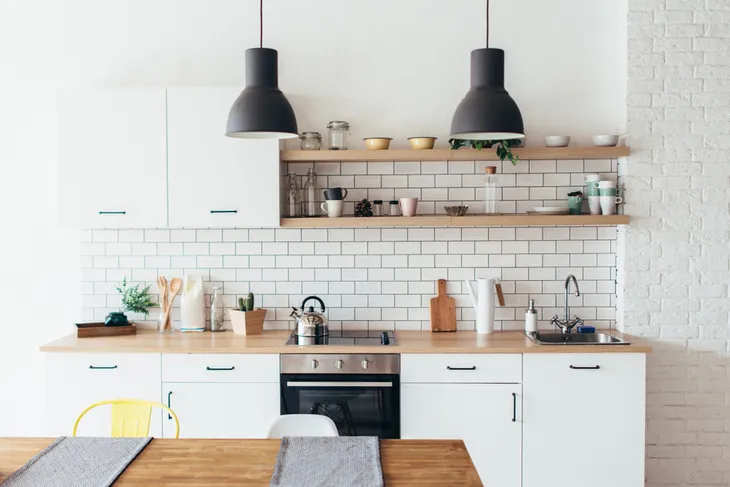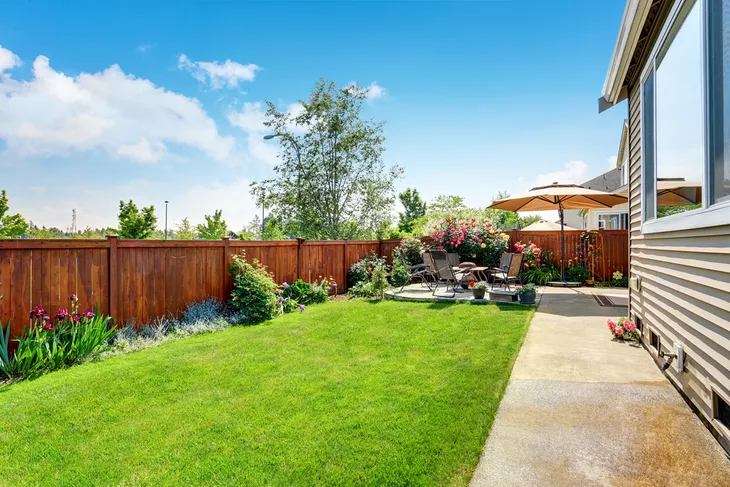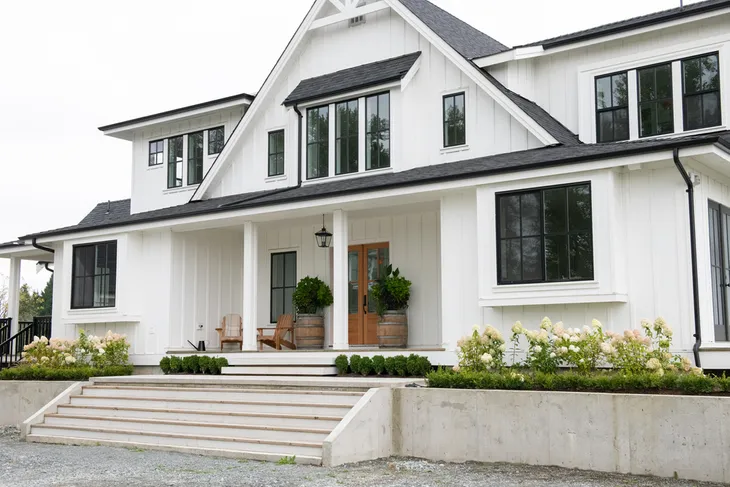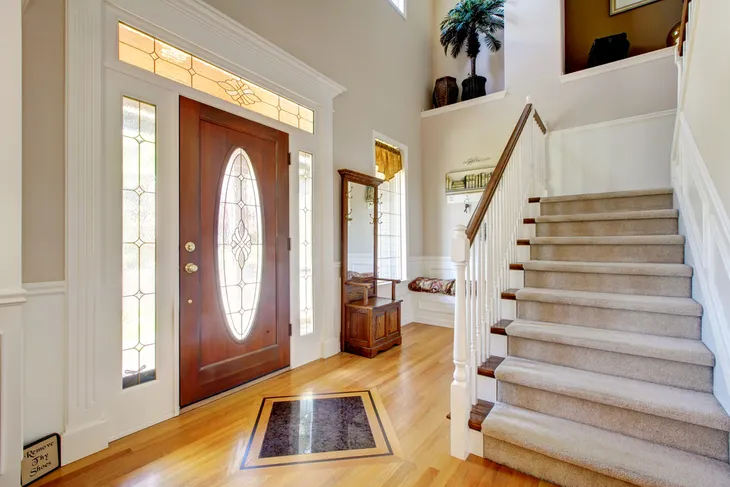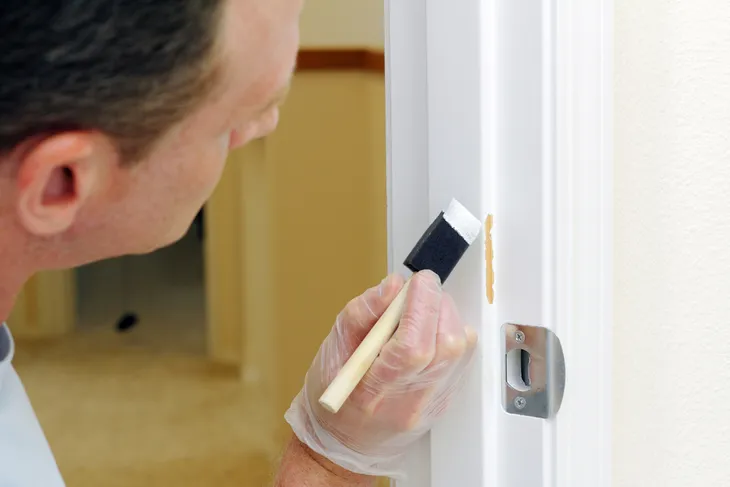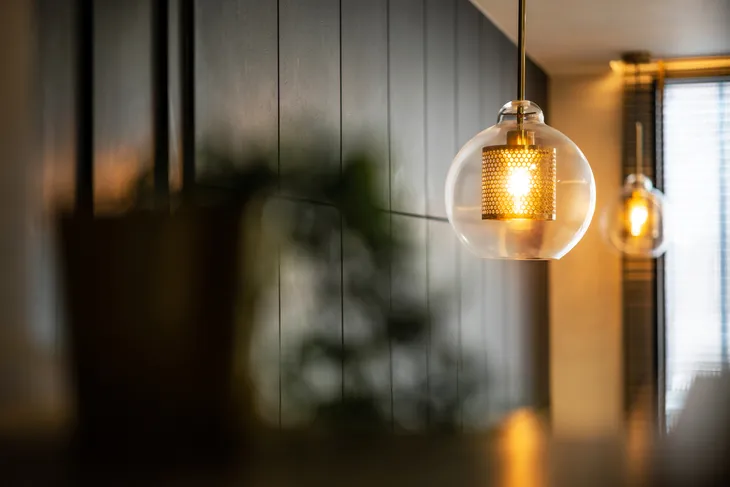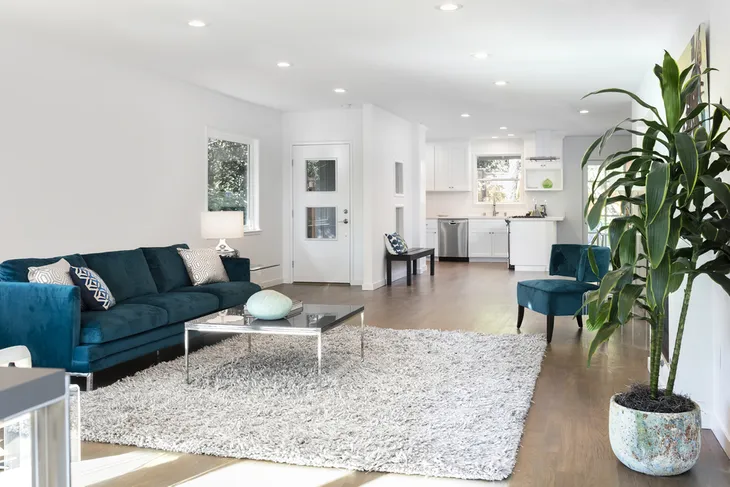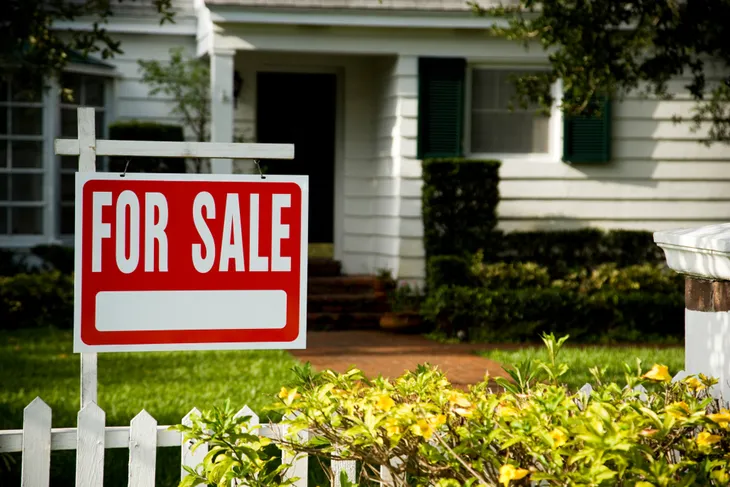When you purchase a home, you make a huge investment. While the goal is to enjoy your home for years and years to come, you also want your initial investment to pay off – you want your home to grow in value. And while plenty of homes do gain value over time, they typically don’t do so quickly.
If you’re hoping to increase your equity and the value of your home, it’s time to consider making a few upgrades. Renovating, updating, and even repairing different aspects of your home can make your home worth more. Making the right changes and improvements is proven to add value over time. Here are some of the best ways you can increase the value of your home.
12. Upgrade Your Kitchen
The kitchen is one of the most central rooms of a house. It’s where a lot of action takes place – and, as a result, it can quickly become outdated, worn, and in need of new life. Senior residential appraiser Lori Noble told NerdWallet that an outdated kitchen can actually lower your home’s value.
A modern, updated kitchen will attract buyers if you’re looking to sell and add value. According to Consumer Reports, first-time home buyers are looking for kitchens with the latest appliances and style. To achieve this in your kitchen, you can apply a fresh coat of paint, add new hardware like drawer pulls and faucets, and even paint or refinish your cabinets.
You can also make your kitchen look shiny and new by upgrading your appliances. Stainless steel is a clean, contemporary choice that will make the whole room feel fresh. Tough countertops, like granite, marble, and quartz, are also great additions. They’re more expensive than basic countertops and feel and look like an upgrade.
Potential Value Increase: Your home could sell for 3 to 7 percent more.
11. Make Your Home More Energy Efficient
It’s no secret that energy is expensive. In certain areas of the U.S., energy costs are skyrocketing, making it challenging for homeowners to pay their monthly bills. And as a result, increasingly more homeowners are looking for ways to cut their energy costs.
If you’re able to make your home more energy efficient, it can become much more appealing. Potential buyers will be able to see energy savings – and if you don’t sell, you’ll reap the benefits of lower energy costs yourself.
According to NerdWallet, you can make your home more energy efficient with upgrades and changes like the following:
- Double-paned windows or Energy Star certified windows.
- An insulated attic.
- LED lighting throughout your home.
- Energy efficient appliances.
For a bigger and costlier upgrade, you can also add solar panels to your roof. This can cut energy costs completely, but it does require an initial investment.
Potential Value Increase: You can add 1 to 3 percent to your home’s value.
10. Add Smart Home Upgrades
Today, it’s hard to find a home that doesn’t have some kind of smart technology inside. From smart home speakers to smart appliances, tech gadgets are becoming integral parts of any house. And though they’re surprisingly easy to buy, install, and use, they can actually add quite a bit of value to your home.
Although some smart home technologies can quickly become outdated, some are a great investment. Adding the right technology and gadgets into your home may increase its appeal to home buyers and up its value.
According to NerdWallet, a 2018 Coldwell Banker survey found that smart gadgets that increase safety are a high priority for homebuyers. So, you’ll want to look for smart home devices that keep people safe, secure, and comfortable. These can include:
- Smart thermostats.
- Smart fire detectors.
- Smart carbon monoxide detectors.
- Smart security cameras or security systems.
- Smart lights.
- Smart door locks.
- Smart doorbells.
Potential Value Increase: Your home could see a 3 to 5 percent increase in value.
9. Make the Yard More Inviting
The front and back yards of any home are key areas. Many people judge a home based on what they see around its exterior – so you want the front yard to have great curb appeal. Similarly, the backyard should be inviting and a space that can be used to relax, entertain, and more.
According to Consumer Reports, you should think about your home’s yards as an opportunity to expand the livable space. If you can “extend” the home outdoors, it can be more appealing and more valuable. For example, adding a deck or patio with seating, a built-in grill or BBQ area, or an outdoor dining area will create defined, usable space outside.
Additionally, you can add value by simplifying your yards. Overgrown plants and weeds can seem like a lot of maintenance – and can make your home less attractive. Cutting down on the number of plants and eliminating any messy areas can make it look like a much easier space to manage.
Potential Value Increase: Your home could sell for 3 to 5 percent more.
8. Paint the Interior and Exterior
A fresh coat of paint might seem like a really simple upgrade, but it can actually do a lot for your home and its financial worth. Over time, various types of weather, and all kinds of wear and tear, your home’s paint can become chipped, damaged, and faded both inside and out.
Painting both the exterior and interior of your home can up both its curb appeal and its value. A freshly painted house is more attractive, and it looks well-cared for. It also takes the burden off potential buyers; they won’t have to spring for a paint job when they first move in.
When you’re choosing paint to add value to your home, you’ll want to choose carefully. Certain colors can detract from financial worth, while others can increase it. According to Consumer Reports, neutral colors are often the best choice – whites and off-whites are the most appealing to potential buyers. Other neutrals, like beiges, are also classic colors that never go out of style.
Potential Value Increase: You can add 1 to 2 percent to your home’s value.
7. Declutter
It might be your stuff, but to outsiders it amounts to clutter. And clutter can be a real turnoff. When it comes to selling a house, less is always more. Go room-to-room in your house and declutter your living environment. Clean off counters, windowsills, tables, and all other visible areas. But don’t forget about closets, drawers and cupboards. Prospective buyers can and do look everywhere in a house they are considering buying. If the house is overflowing with stuff, buyers might worry that the house won’t have ample space for their own belongings.
Potential buyers may also feel the house is messy and dirty. Do yourself a favor and declutter your house. Take your excess stuff and donate it or pack it up to be stored offsite while you sell your house. Not only will clearing clutter help your house look more appealing to buyers, it will also help you once you’ve accepted an offer and it’s time to pack-up and move.
Potential Value Increase: You could add 1 to 2 percent to your home’s value.
6. Touch Up Scuff Marks
You may hardly notice them anymore, but scuff marks in a house will jump out at potential buyers. So even if you don’t do a full-on repainting, be sure to touch up scuff marks on walls, base boards and around door frames. Pay attention to scrubbing and then touching up baseboards, walls and doors throughout a house to ensure that it looks its best.
Selling almost any home can be tricky but selling a home with lots of scuff marks can be difficult. When buyers walk into an open house, or go on a home tour, they want to fall in love with the house, not add a bunch of cleaning chores to their to-do list. To impress buyers, fix up your house and remove scuff marks before putting it on the market. With a home that is cleaned up, you’ll be more likely to attract multiple offers.
Potential Value Increase: You could add 1 percent to your home’s value.
5. Make Small Repairs
Repair or replace broken or outdated hardware throughout your home. This can include installing new door handles, faucets, towel bars and curtain rods. These are the fixtures that are readily visible to homebuyers. And they are small repairs that are relatively inexpensive to fix.
New hardware in the bathroom, kitchen and on windows and doors also improves the functionality and safety of your house. Again, for a little money and time, you can improve the appearance and functionality of your house and raise the selling price significantly. Don’t underestimate the power of small stuff when it comes to selling a house. The little things matter.
Potential Value Increase: You could add 3 to 4 percent to your home’s value.
4. Update The Lighting
Few things are more responsible for creating a mood in your house than the lighting. When people enter your house, the lighting instantly creates a feeling and atmosphere. So be sure to replace decorative light fixtures that no longer fit your home’s cleaner, fresher look. Install new bulbs with the appropriate lighting for specific areas.
For example, ambient, low-key lighting fills a room, whereas directional or task lighting works better in areas like a reading nook. Use accent lighting to highlight focal points in a room, such as the artwork above a mantle. Lighting can also be used to draw a buyers’ attention to certain features and selling points within your house. Don’t neglect the lighting. It is very influential on homebuyers.
Potential Value Increase: You could add 1 percent to your home’s value.
3. Clean and Clean Again
It might sound obvious but bears repeating. Be sure to clean your house. Cleanliness really is next to Godliness when it comes to selling a house. Clean and then clean some more. Get into all the cracks and hidden areas. Make your house sparkle. And pay attention to your home’s smell. If needed, use plenty of air freshener.
Make sure your property is spotless from top to bottom. You’ll want your house to look its best in the online real estate photos and when buyers enter your home during an open house or for a tour. When selling your home, it’s important to keep everything tidy throughout the entire sales process. While this may seem difficult, it is nevertheless important to get top dollar for your domicile.
Potential Value Increase: You could add 2 to 3 percent to your home’s value.
2. Stage The House
Another great move is to stage your house. This can help make your house feel homey and cozy. It can also update your house and help it to feel less dated. After all, nothing invigorates a house like some new furnishings or a perfectly chosen mirror.
You can do the staging yourself or bring in a professional home stager who will evaluate your house and determine what elements might help to increase its value. They might recommend you buy or rent some items, or they might just reorganize your knickknacks and bookshelves in a new way. Either way, home staging can help to make your house more attractive and raise its value.
Potential Value Increase: You could add 2 to 3 percent your home’s value.
1. Remember Curb Appeal
It’s not only the inside of your house that attracts or repels buyers. The outside of your house makes the first impression. And buyers do tend to judge a book by its cover. For this reason, it is important that you ensure the first impression of your house is a good one—and inspires people to stop by the open house or schedule a tour to see more.
Think of the outside of your house as the bait that hooks buyers. It is therefore very important that the outside of your house has what’s known as “curb appeal.” That means people find the outside of your house, including the yard, attractive. By investing some effort in relatively easy fixes, like planting colorful flowers and repainting your front door, the outside of your house can attract prospective buyers. A little landscaping can go a long way.
Potential Value Increase: You could add 1 to 2 percent to your home’s value.
The Bottom Line
Selling your house is a lot of work. Nobody said it was easy. But cleaning and repairing your house to ensure that it looks its absolute best is necessary if you want to get as much money as you can out of the house when you sell it. Step back and take an honest look at your house and what needs to be done to get it into shape. If you can afford it, bring in professional cleaners, painters and repair people. If not, roll up your sleeves and make the needed improvements yourself before listing your house for sale.

